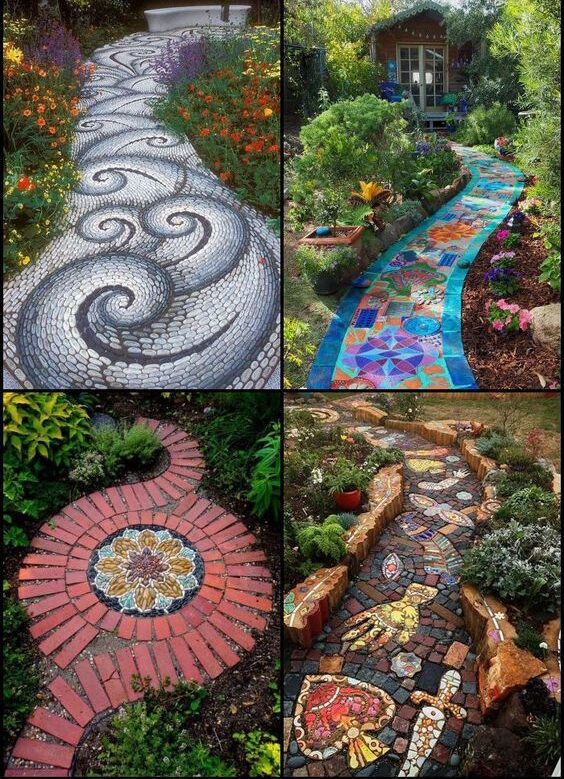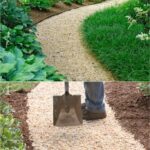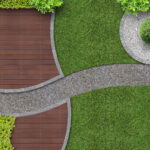Garden paths are an essential element of any outdoor landscape, providing both functionality and aesthetic appeal. These pathways serve a variety of purposes, guiding visitors through the garden, connecting different areas, and adding structure and organization to the space. There are many different types of materials that can be used for garden paths, each offering its own unique benefits and characteristics.
One of the most common materials used for garden paths is gravel. Gravel paths are easy to install and maintain, and they provide a rustic and natural look to the garden. Gravel paths can be easily customized by choosing different sizes and colors of gravel, allowing gardeners to create a unique and personalized pathway. Additionally, gravel paths are permeable, allowing water to easily drain through, which is beneficial for preventing erosion and maintaining the health of the plants in the garden.
Another popular material for garden paths is stone. Stone paths are durable and long-lasting, and they add a timeless and elegant look to the garden. Natural stones such as flagstone, slate, and bluestone can be used to create beautiful and visually striking pathways. Stone paths can be laid out in a variety of patterns, such as random flagstone or herringbone, adding interest and charm to the garden design.
Wood is another material that is frequently used for garden paths, particularly in more informal or rustic garden settings. Wooden paths can be constructed using a variety of materials, such as treated lumber, cedar, or redwood. Wood paths can be left natural or stained to match the overall color scheme of the garden. Wood paths are particularly well-suited for shaded areas, as they add warmth and texture to the space.
For a more contemporary look, consider using pavers or concrete for garden paths. Pavers come in a variety of shapes, sizes, and colors, allowing for endless design possibilities. Concrete paths can be poured in place or stamped to mimic the look of brick, stone, or even wood. Both pavers and concrete are durable and low-maintenance, making them an ideal choice for high-traffic areas in the garden.
No matter what material is chosen for garden paths, it is important to consider the layout and design of the pathways. Paths should be wide enough to comfortably accommodate foot traffic, and they should be designed to seamlessly integrate with the overall landscape design. Curving pathways can add visual interest and create a sense of intrigue, while straight paths provide a more formal and structured look. By carefully considering the material, design, and layout of garden paths, gardeners can create a beautiful and functional outdoor space that is a joy to explore.
















